BTO-The Prime Minister has just issued a decision to recognize national treasures (Batch 13) in 2024. Among the 33 treasures in this batch, Binh Thuan has one more treasure, which is the Avalokitesvara Statue of Bac Binh dating from the 8th - 9th century; currently kept at the Binh Thuan Provincial Museum. Thus, this is the second national treasure of the province to be recognized after the golden Linga discovered during the archaeological excavation at Po Dam tower (Phu Lac commune, Tuy Phong district).
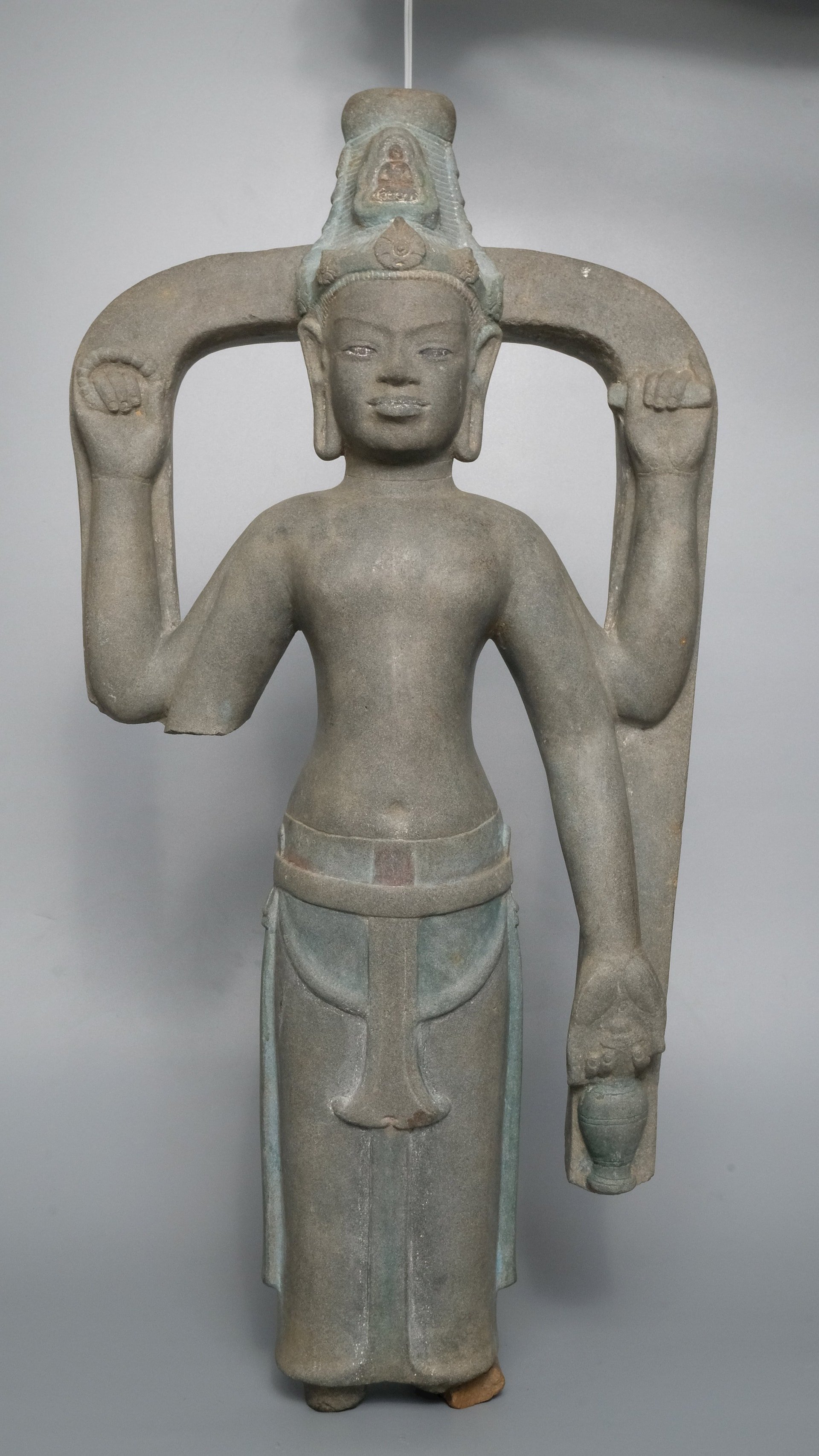
The Avalokitesvara statue in Bac Binh is a Cham cultural artifact, made from fine-grained sandstone (small-grained granite) in dark gray color, 61cm high, weighing 13kg, dating back to the 8th - 9th century. The statue was accidentally discovered by local people during their farming activities in Thanh Kiet village, Phan Thanh commune, Bac Binh district, before 1945. In 1996, the Avalokitesvara statue was buried in their garden by local people. In 2001, Mr. Ngo Hieu Hoc in Hong Chinh village, Hoa Thang commune, Bac Binh district, discovered the statue while digging the foundation to build a gate pillar and handed it over to the Binh Thuan Provincial Museum.
The Avalokitesvara statue of Bac Binh bears all the characteristics of Champa sculpture and has clear influences from the stone sculpture art of the lower Mekong Delta, specifically the U-shaped arch supporting the back. This is one of the typical representatives of the strong cultural exchange and acculturation process of exogenous cultural elements, specifically Indian culture, which has deeply influenced Champa culture, has its own uniqueness, is an important historical document for the study of the history of art and religion of Champa culture, representing the transformational development process from the 8th - 9th century plastic art style to the peak development period of Champa cultural plastic art associated with the Tra Kieu art style (9th century) and Dong Duong art style (9th - 10th century). The statue has Buddhist elements, besides Hinduism which is considered the main religion in Champa culture, showing the relationship and exchange between India and Southeast Asia in general and the South Central region in particular in the second half of the first millennium AD.
The Avalokitesvara statue in Bac Binh is a representative of the art of sculpture and religious architecture of the southern part (Kauthara region) in the Champa cultural space. It is the product of the convergence of exogenous and endogenous elements, from stone carving techniques, plastic arts to religious philosophy, creating a product that both meets the needs of worship and brings very high aesthetic value to the object, solemnity in a balanced overall composition without losing the soft and lively lines, which is one of the outstanding characteristics of Champa plastic art.
Source: https://baobinhthuan.com.vn/binh-thuan-co-them-mot-bao-vat-duoc-cong-nhan-bao-vat-quoc-gia-dot-13-127037.html



![[Photo] Prime Minister Pham Minh Chinh chairs meeting to deploy overcoming consequences of storm No. 10](https://vphoto.vietnam.vn/thumb/1200x675/vietnam/resource/IMAGE/2025/10/3/544f420dcc844463898fcbef46247d16)

![[Photo] Students of Binh Minh Primary School enjoy the full moon festival, receiving the joys of childhood](https://vphoto.vietnam.vn/thumb/1200x675/vietnam/resource/IMAGE/2025/10/3/8cf8abef22fe4471be400a818912cb85)


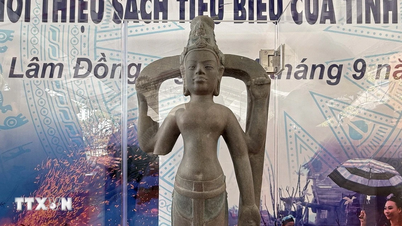



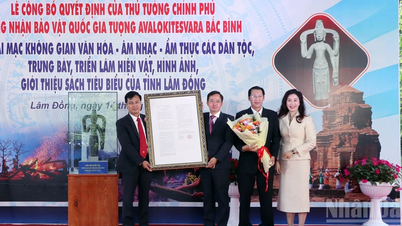

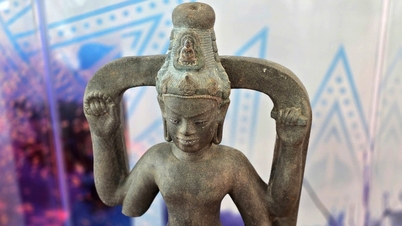



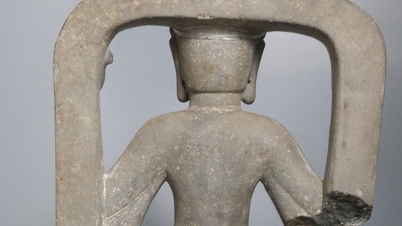



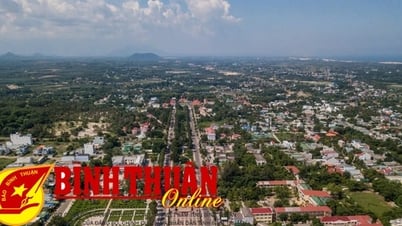
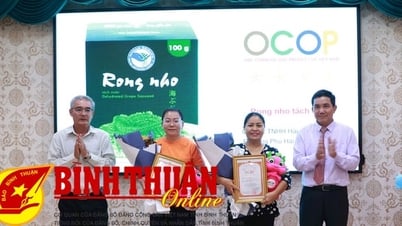






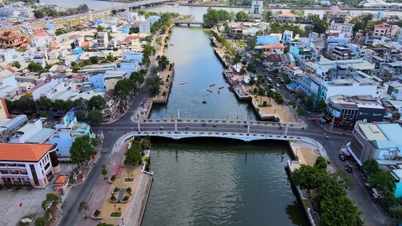
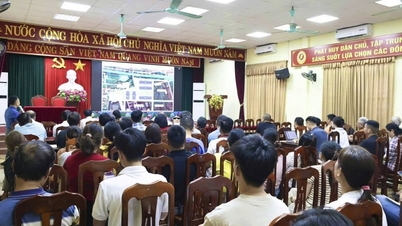
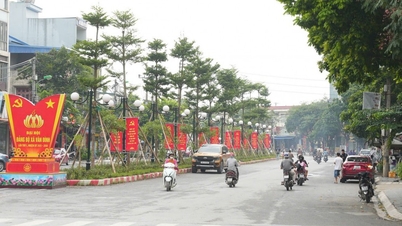
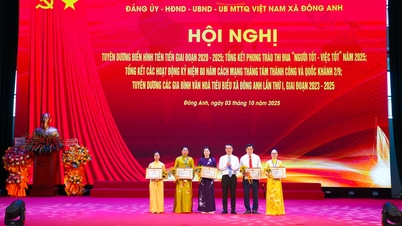

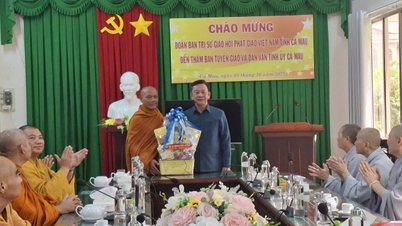























































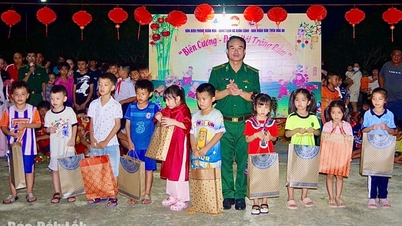











Comment (0)